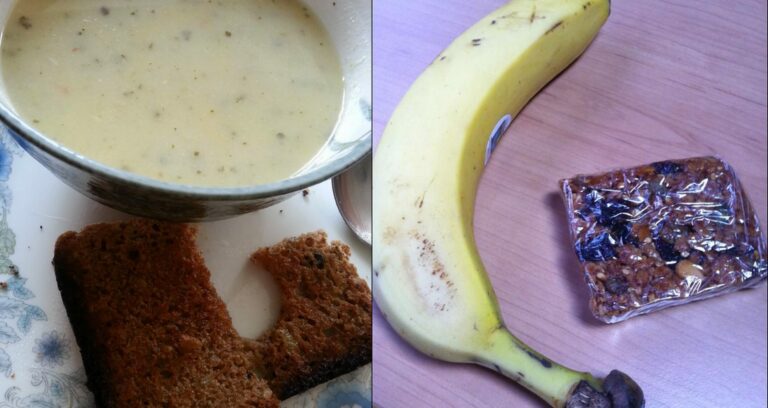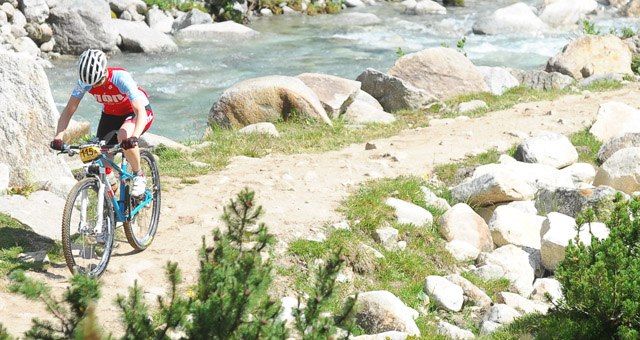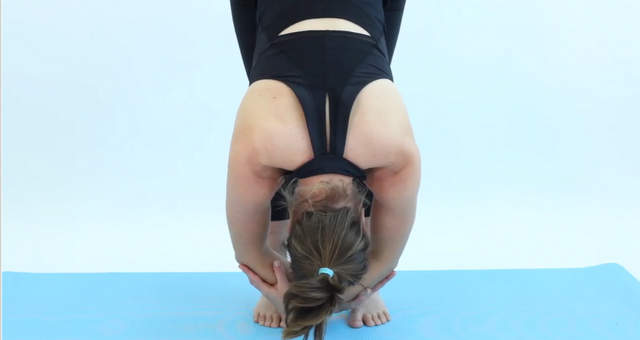Any true endurance event requires proper preparation, both mentally and physically. It will take time, commitment and motivation to get yourself ready.
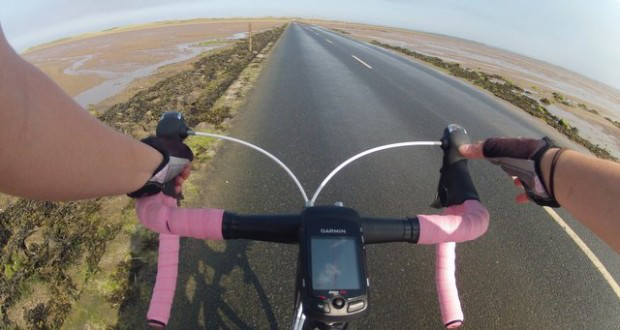
To help you, we’ve provided a guide to get yourself physically prepared for your first long distance cycling event, either on road or off.
Even experienced endurance athletes get injuries. Hopefully, this article will give you some training advice and preparation to avoid injury.
Long distance cycling training should consist of the following approach:
- Functional
- Tapered & Endurance Based
- Restful
- Race Prepared
1. Long Distance Cycling: Functional Training
Functional training is a key component in many prehab and rehab programmes. The therapy behind this approach to training is quite simple, train the muscles and respiratory systems to do what you want them to do.
It’s important to put the time in on the bike to feel the benefit when it comes to race day. It’s not good enough to just pootle around to your local shop, you need to put in the hours on your bike including things like repeated hill climbs and have a plan of steps to keep you on top of your game.
Other than wearing out the tyres on your bike, you can do some functional training at the gym too. Kettlebell training is a good example of functional training that trains all over the body as well focusing on the large muscles group that extends the hips known as glutes.
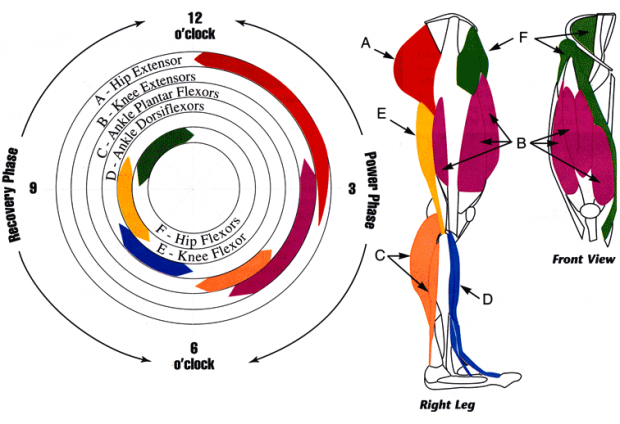
During cycling, the glutes play a massive role in producing the power phase, this is demonstrated perfectly in the diagram above with the red muscle group (A).
2. Long Distance Cycling: Tapered Training
If you want to succeed at long distance cycling, the importance of training is obvious – muscles don’t get built up by sitting in front of the TV. However, it must be remembered that training needs to be tapered and graduated.
Realistically, any true endurance cycling event is comparable to running a marathon, so gradually incremental training is key. The best way to monitor your training increments, is by totalling the mileage ridden each week, but training is not just about miles.
As well as distance and endurance, training for these types of events need to include speed sessions on hills. Not all biking is downhill, so get on those hills and push your self to the limits and you will notice ascents become easier.
3. Long Distance Cycling: Restful Training
Restful training does not mean sitting in front of the TV watching mountain bike videos and wistfully thinking that’s going to make you a better rider. It’s equally important to get rest days, to give your muscles a break, catered into your training routine as it is intense training days.
During these rest days, even consider daily activities as a work out i.e climbing stairs, going to work, walking to the shops. Rest is important for recovering muscles as well as a balanced diet and nutritional intake.
4. Long Distance Cycling: Race Prepared
Being race prepared is vital, do not underestimate the power of the mind. Have a strategy in mind that will help you complete the race, pace yourself to save some energy for the final push.
Another key element in race preparation is ensuring your bike is set-up to give you that extra advantage, its worth spending money to get a professional bike fitting, it may just help you pip your mate to the post. And finally, dont be afraid to attempt an event before the main event, this will enable to put all these race preparations into practice and iron out any gremlins.
It’s important to make sure your getting enough energy from your diet whilst training for a long distance cycling event. Make sure to check a few of our recipes which are packed with high amounts of energy and protein:
Protein Powder Recipe: Sweet Potato & Rosemary Bread
Recipe: Roasted Vegetable Frittata
Tom Astley of TA Physio who specialises in sports rehab and injury prevention.
Liked ‘How To: Prepare for a Long Distance Cycling Event’? We think you will also like these too:
Ride Yourself Fit in 5 Easy Steps

